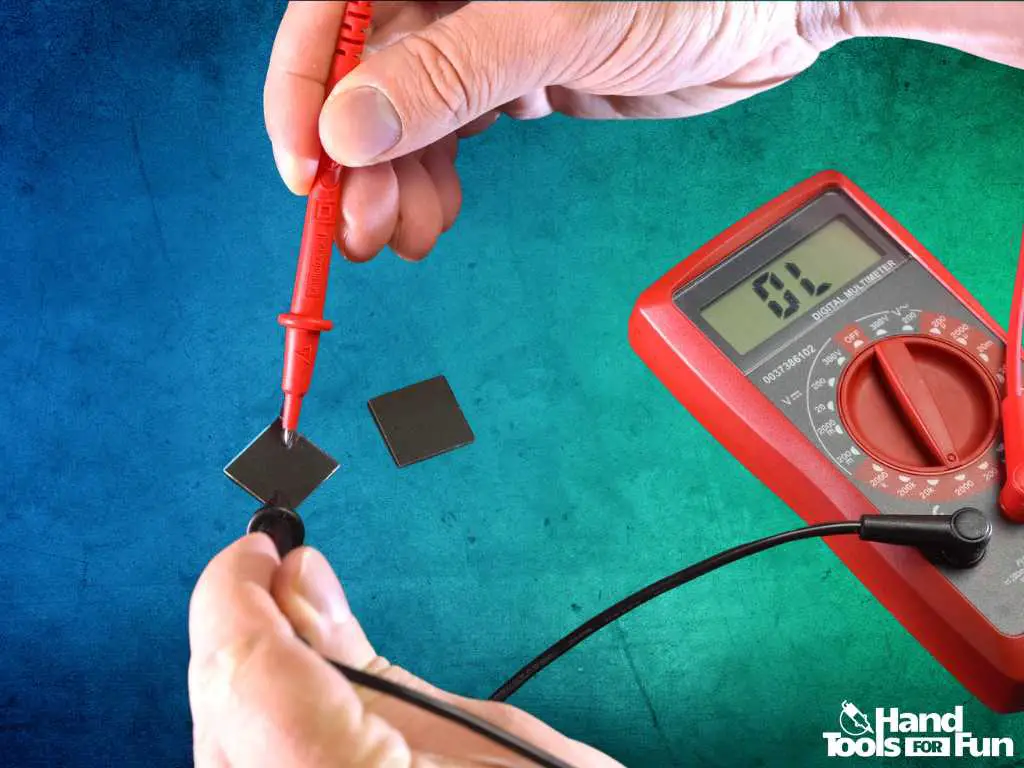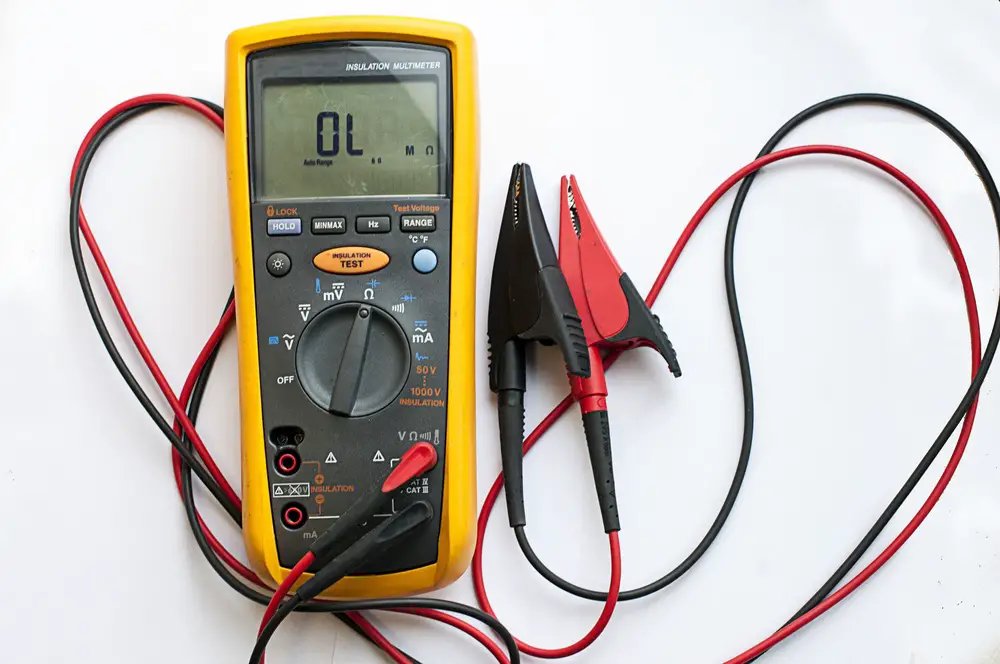You’ve probably come across with the “OL” reading while using your multimeter. You were left confused and uncertain what should be the right thing to do.
What does an OL reading on a multimeter mean? A question we often hear. Well, this is why we posted this detailed article to help ease those concerns!
The technology continues to shape up our modern world. Electronic and electric appears to penetrate everything. Installing, repairing, and servicing pagers, mobile devices, and internet connections require diagnostic tools that deliver precise information. A multimeter is one of these essential tools that is generally used for measuring amperes, volts, and ohms.
The Meaning of OL Reading
When performing a test or measurement, you happen to deal with many different readings. Newbies might find this quite challenging, especially if there’s no one to assist and help them.
For You: 5 of the Most Reliable All-Purpose Multimeters
“OL” Means “Open loop.”
“OL” could be of a different meaning. But generally, OL stands for “open loop,” which is another way of saying there is an inadequate amount of continuity. Though, it may also denote to “overloaded” or “over-limit” for voltage and current measurements.
- Testing Continuity – The screen will show 1 or OL (open loop) if the circuit being tested is not detected. Meaning to say there is no continuity. Otherwise, there is no route for electric current to flow from the probe to probe.
- Testing Voltage – The screen will show 1 or OL if the range is very low, indicating that it is out of range or overloaded. While it won’t damage or put your multimeter at risk, it is still suggested to set the dial to a higher range.
- Testing Resistance – The screen will show 1 or OL if the component or circuit you’re testing does not have continuity. Hence, it has infinite resistance.
What is Infinite Resistance on a Multimeter?
As we have discussed, OL appears in the meter if there is an infinite resistance. What does it actually mean?
This only means that there’s no electric current running through the component or circuit you are measuring. Let’s take the pipe as an example.

Resistance is used for measuring the amount of water that flows through a pipe. A clogged pipe has more resistance, and thus, only less water runs through. Whereas, a completely blocked pipe that does not allow water to flow through has a high resistance. It is off the charts.
The same method works with electricity too. Your multimeter will assume that the flow has been hindered, leading the resistance to go off the chart, if you are measuring resistance and there isn’t no flow emerging. Although in some cases, having infinite resistance displayed on your multimeter means there is an open switch or a broken connection. It must be addressed immediately to avoid future issues.
Difference between OL and 0 in Measuring Resistance
Sure, you find measuring ohms or electrical resistance of an electrical device (e.g., compressor or motor) relatively straightforward, especially during the first few attempts. Until the measurements of 0 and OL occurred. This is where your confusion starts. What could be the difference between these two readings? Should you get worried?
Almost everything has electrical resistance properties – from wires, switches, and other electrical components to human bodies. This resistance property is measured in ohms as well as can be measured using a multimeter.
Various things have an extremely high quantity of electrical resistance including glass, rubber, air, ceramic, and plastic. These are called insulators and are known to resist the current flow entirely.
Also: Test Any Component with these Multimeters
On the other hand, the likes of silver, steel, gold, nickel, and copper only have a very low amount of ohms or electrical resistance. These are called conductors and are utilized to make electric current carrying devices. They produce very little resistance to the electric current flow.
An electric load is a thing between a conductor and insulator. Among the examples are light bulbs, solenoids, motors, heater elements, and contractor coils. These electric loads are built using a thoroughly calibrated quantity of electrical resistance. A specific amount of electric current will run through, and a specific amount of work will be carried out if the right amount of voltage is employed to this resistance.

This is where the two measurements (OL and 0) take place. Contrary to some beliefs, these two greatly vary from one another, and they mean completely different things.
A measurement of Zero (0) or very close to it (not more than .5 OHM) tells an extremely low resistance to current flow. When voltage is applied, expect to get a very high flow of current. Hence, the wires could potentially become melted, the breaker could be blown, or other similar cases.
Now, for OL measurement, it is something else. An auto ranging meter is what most technicians use nowadays. This meter automatically adjusts itself to the accurate range of scale depending upon what you are trying to measure. The meter will adjust itself to the highest range of measurement and will read OL if the meter is adjusted to measure ohms and the test leads are not connected to anything.
Let’s say you are not measuring anything yet. But as we have mentioned above, the air is an excellent insulator. So, you are already measuring the air’s resistance between the two test leads. Due to its very high resistance, it could literally become overloaded. This means your meter deals with more amount of ohms contrary to what it actually counts.
Our Recommendation: Top 5 Multimeters for Diy Electronics & Repairs
If you happen to measure between any motor terminal to a refrigerant compressor pipe or to ground, you want to come across with the OL reading. Mainly because this indicates that there’s no route for the current to flow to the ground. But, what if you see 0 instead? That motor is currently dealing with a short to ground and requires replacement.
There are tons of things you should discover about measuring resistance as well as the occurring confusion between OL and 0. Hope this helps a lot in your situation. So generally, OL means open and 0 means short.

